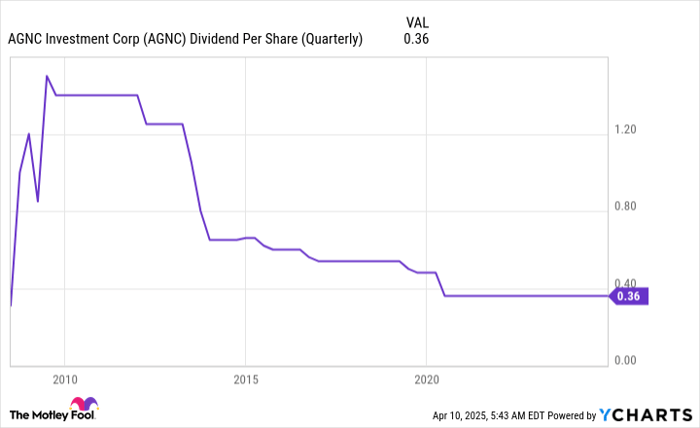
Investors Shift Focus to Innovation Amid Rising Inflation in 2025
Inflation resurfaced as a major topic in early 2025, following the implementation of new tariffs that increased import costs. Businesses have begun to reevaluate their forecasts in response to these changes. In this environment, strategic investors are not simply caught up in current inflation concerns but are looking ahead. Their focus is on navigating economic challenges through innovation.
Ultimately, the primary question shifts from “How do we hedge?” to “What comes next?”
Smart Money in 2025: Focused on the Future
While traditional financial markets are often impacted by short-term volatility, savvy investors are intentionally directing their resources toward industries and technologies that promise long-term growth. Here’s where their investments are concentrated now:
1. AI and Automation
Artificial intelligence has evolved from a mere buzzword to an essential element across various sectors, including manufacturing and healthcare, by 2025. Investors are concentrating on technologies related to AI chips, cloud infrastructure, and sector-specific AI solutions that cater to legal, healthcare, and logistics industries.
Investments in AI represent more than just potential returns; they aim to enhance productivity. AI tools assist businesses in reducing costs, refining workflows, and responding to economic pressures such as inflation more effectively.
2. Blockchain Infrastructure and Tokenized Assets
Although the initial excitement around cryptocurrency has faded, the underlying technology—blockchain—is steadily becoming a critical foundation for future financial systems. Asset tokenization now permits fractional ownership of real estate, art, and private equity, attracting significant interest from institutional investors.
Smart money is focusing on the necessary technology infrastructure: custody platforms, compliance solutions, and faster, more affordable cross-border payment networks that challenge legacy systems.
3. Climate Tech and Energy Innovation
Energy costs continue to drive inflation, compounded by tariffs disrupting global supply chains. Consequently, investment capital is increasingly directed toward technologies that enhance energy independence and cost-effectiveness. Innovations in battery technology, green hydrogen, carbon capture, and smart grid infrastructure are gaining traction.
Climate technology is now recognized as a vital strategic asset class rather than a mere niche ESG investment.
4. Digital Infrastructure
With remote operations deeply integrated into business strategies, firms are investing in robust digital infrastructures. Important areas of focus include data centers, cybersecurity, edge computing, and AI-enhanced logistics.
The critical insight is clear: regardless of economic conditions, digital downtime is not an option for businesses. This reality is well understood by investors.
5. Emerging Market Innovation
In regions like Southeast Asia and Africa, local startups are rapidly advancing. Innovations in mobile-first fintech, agricultural technology, and clean energy are outpacing traditional models. As U.S. and European markets mature, emerging economies are capturing a new wave of innovation-oriented investment.
These emerging markets are more than just value opportunities; they represent pivotal growth engines.
Why Innovation Is the Real Hedge
Investors who are forward-thinking in 2025 recognize that innovation is not merely a trend—it is a strategic necessity. In an unpredictable inflationary environment, the most effective defense may not always be traditional assets like gold or government bonds. Instead, it lies in fueling the technologies that can adapt, evolve, and even excel during turbulent times.
Final Thought: Inflation May Shape the Headlines, But Innovation Is Shaping the Future
While current tariffs and macroeconomic factors reignite inflation fears, astute investors are not retreating. Instead, they are reallocating their funds to focus on long-term strategies that extend beyond fleeting concerns.
The shift from inflation to innovation is not merely a catchy phrase—it embodies a perspective. In 2025, this perspective will undoubtedly influence the portfolios that define the upcoming decade.
Market News and Data brought to you by Benzinga APIs




